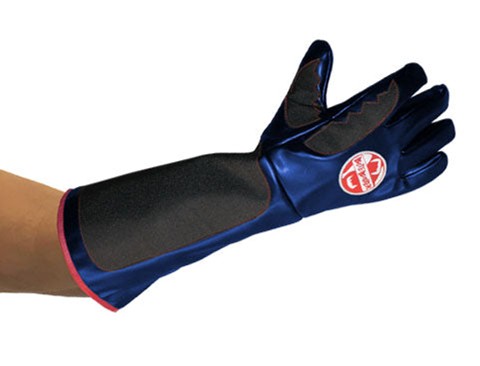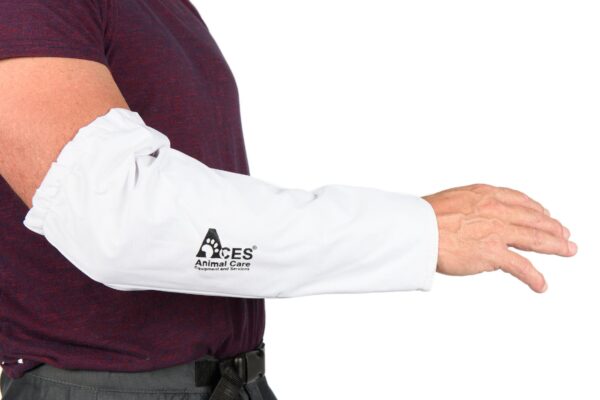Working with wild animals can be rewarding, but it also comes with serious risks. Whether you’re rescuing injured birds, relocating raccoons, or managing urban wildlife conflicts, wildlife safety should always be your top priority. Proper training is crucial, but equally important is the use of protective gear designed to keep handlers safe and ensure animals are treated humanely. At Animal Care Equipment & Services (ACES), you can find bite-resistant gloves, protective sleeves, and other field-tested gear that supports safer interactions with wildlife.
Why Wildlife Safety Matters
Wild animals often respond to human contact with fear and self-defense. This can lead to bites, scratches, or other injuries that pose health risks such as rabies or bacterial infections. According to wildlife rescue best practices, even small animals like squirrels or opossums can inflict serious wounds if not handled properly. For professionals and volunteers, understanding wildlife safety protocols—and equipping themselves with the right gear—is critical to reducing injuries and stress for both the handler and the animal.
Protective gear doesn’t just shield handlers; it also promotes humane handling. The less physical struggle during capture or transport, the less stress placed on the animal, improving its chances of recovery and release.
Must-Have Protective Gear for Wildlife Handlers
When it comes to wildlife safety, there are three essential types of protective gear every handler should consider: gloves, sleeves, and protective clothing. Each piece plays a specific role in minimizing risk while maintaining control.

Bite-Resistant Gloves
High-quality gloves are the first line of defense when working with animals that bite or scratch. The Bite Buster Gloves from ACES, for example, are designed with puncture-resistant materials that protect against sharp teeth and claws. These gloves are flexible enough to maintain dexterity, allowing handlers to safely restrain animals without losing grip or control.

Protective Sleeves
For wildlife handlers dealing with larger animals or situations where full arm protection is necessary, protective sleeves are indispensable. The Humaniac Arm Protectors provide coverage from wrist to shoulder, ensuring arms remain protected during close encounters with raccoons, foxes, or birds of prey. Combined with gloves, sleeves create a seamless barrier against bites and scratches.
Full Protective Clothing
In more challenging rescue scenarios—such as handling feral animals or working in dense brush—bite-resistant jackets or padded outerwear offer additional protection. Clothing made for wildlife safety not only prevents injuries but also reduces snagging and tearing in harsh environments.
Additional Wildlife Safety Tips
Protective gear is essential, but it’s just one component of staying safe in the field. Consider these additional best practices:
- Understand animal behavior: Knowing how a species reacts to stress can help prevent injury and ensure humane handling.
- Use proper capture tools: Pair protective clothing with nets, catch poles, and transfer cages to minimize direct contact.
- Work in teams when possible: Having another handler present adds an extra layer of safety and support.
- Regularly inspect gear: Check gloves and sleeves for wear and tear to ensure consistent protection.
- Stay current on vaccinations: Rabies pre-exposure shots are often recommended for professionals working with wild mammals.
Why Choose ACES for Wildlife Safety Gear?
ACES has decades of experience supplying shelters, wildlife rehabilitators, and animal control professionals with durable, humane handling equipment. Their products are designed with real-world conditions in mind, meaning you can trust them to perform when it matters most. From bite-resistant gloves to protective sleeves, ACES offers solutions tailored to every level of wildlife handling—whether you’re a volunteer rescuer or a seasoned professional.
Your Next Step in Safe Handling
Wildlife safety begins with preparation. By investing in proper protective gear and following proven handling practices, you can minimize risk and ensure the best possible outcome for both you and the animals you serve. ACES provides the tools you need to stay safe, work effectively, and promote humane treatment in every wildlife encounter.
